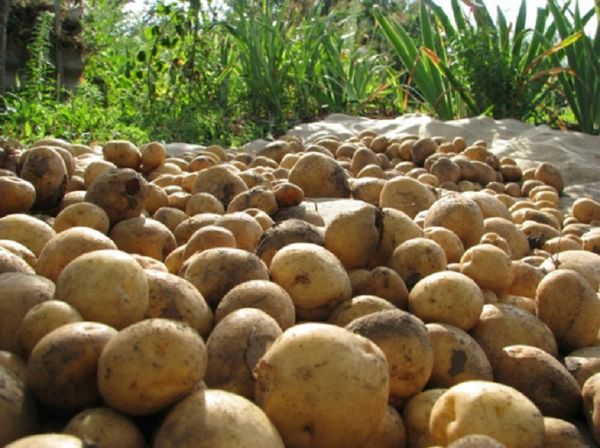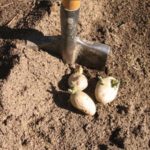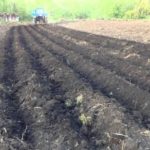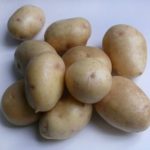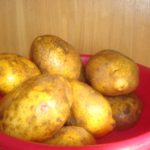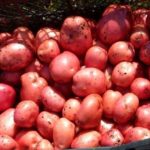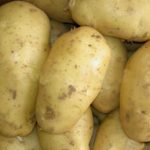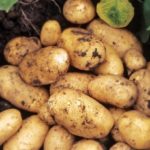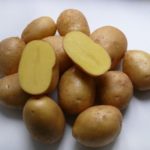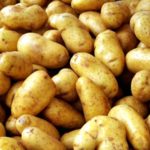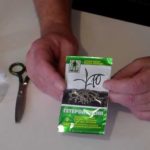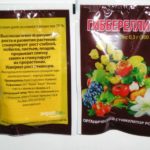The potato, although it was originally growing in the warm regions of Latin America, is also well cultivated in our cold climate. But what about the landing in the Urals and Siberia, where the duration of the climatic winter reaches 7 months? Consider the basic rules and terms of cultivation.
Table of contents
Planting potatoes in the Urals
It is known that there are no specific deadlines for planting potatoes on beds, hilling or harvesting. It all comes down in specific environmental conditions in a specific region.
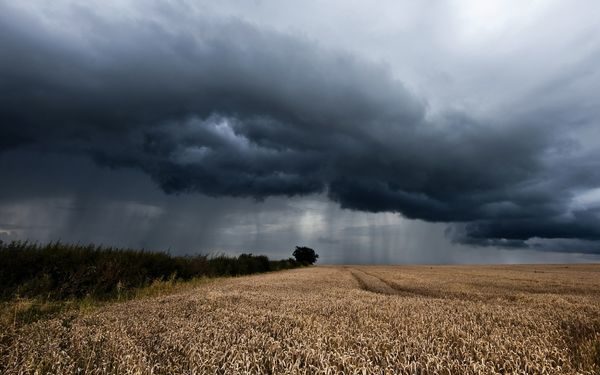
As for the Urals, those are much more severe than in the middle belt or the Black Earth region. This feature is reflected in the possible methods of landing.
When to plant in the Urals
As a rule, in comparison with more southern regions, the gardeners of the Urals move the start time of works to a later date. For example, if the soil with black soil, as a rule, is planted in late April - early May, then Ural soil warms up to 8 ° C not earlier than the end of May - beginning of June.
An earlier laying into the ground is fraught with consequences - the germination of crops will occur in 2-2.5 weeks instead of the prescribed 8-10 days.
Rough Ural soil necessarily needs loosening or digging. You can do this twice a season - before planting and after harvest.
How to plant
Four options are most common:
- Under the shovel - The easiest "grandfather" way for potatoes; the location of the rows and holes is determined by eye, earthworks are carried out by a shovel; the harvest is not too rich.
- On the crest - before planting, the soil is formed into ridges, up to 15 cm high; tubers are placed in them to a depth of 10 cm, providing them with the best warm-up.
- In trenches - instead of single holes, planting goes to extended holes, pre-fertilized with compost, sawdust, humus.
- On organics in a container - analogue of "smart" beds; give a good heating of the soil, the container better retains nutrients and moisture.
As for the method of planting potatoes for the winter, it is absolutely not recommended to use it in the Urals. The earth freezes for several months, even in spring strong frosts are possible. Such vernalization reduces the viability of tubers.
- Under the shovel
- On the crest
- In trenches
- In container
Varieties for planting in the Urals
Not every popular potato variety can withstand the cold without harming itself.
Early ripe varieties
The early ripening, albeit not so prolific, but they can be dug out already 60 days after germination:
- Bullfinch - “red” potato, resistant to pathogens of the nightshade.
- Spring white - “White” tubers, fruits contain up to 15% of starches, belongs to ultra early varieties.
- Vineta - "yellow" variety, the surface of the tubers with a characteristic net coloring; especially resistant to dry conditions.
Mid-season varieties
In the Urals, especially popular, because the most numerous. From planting to maturation, they need no more than 90 days:
- Aspia - "beige" tubers, resistant to the nematode and other ailments.
- Crown - “yellow” potatoes, easily tolerate drought.
- Bezhitsky - “pink” color of the peel, starchiness increased - up to 20%.
- Bullfinch
- Spring white
- Vineta
- Spiridon
- Santa
Late ripening species
They are rarely used, since they require at least 90, or even all 120 warm days for ripening:
- Spiridon - “red” color, especially large variety with tubers weighing up to 160 g
- Santa - The “yellow” variety, ripens in warm summer in just 80 days, usually in 90 or more.
How to pick seeds
As for the preparation of seed material, the rules here are exactly the same as in other areas. Enough observe three simple conditions:
- The tuber should be clearly visible on the tuber - the future roots of the plant; on each seed - from 3 ovaries.
- Maximum weight - 100 g.
- Minimum weight - not less than 30 g.
How to cook seeds
In general, there is no need for special preparation of potatoes for planting. It is quite enough to hold basic events, the same for all varieties:
- Remove the tubers from the cellar a month or two before landing, put in a warm place.
- Regularly moisten the tubers with water, daily splashing moisture on them.
- A week before planting, rub the seed skin with ash.
- Alternative option - wetting potatoes in potassium permanganate.
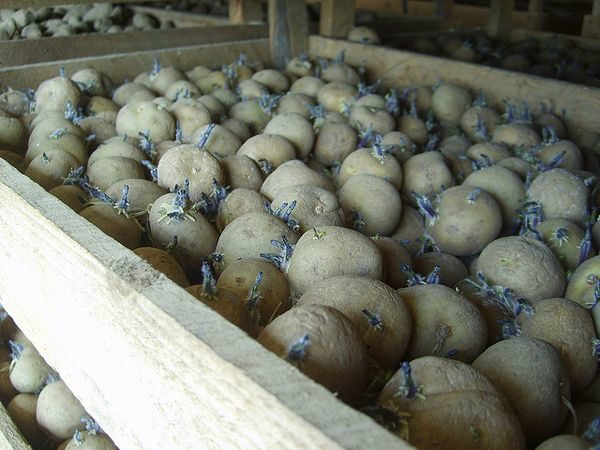
Also for cold regions it is recommended to dig up the bushes, originally planned for seed, slightly earlier than others. So the vitality of the tubers is preserved, the future harvest increases.
How to plant potatoes in the Urals
Characteristic features of the Ural weather - probability of cold snaps and lack of heat - need to take into account. If the first problem is easily solved by keeping the planting dates, then a small amount of heat can be compensated.
For example, the location of the beds in the north-south direction will well reflect on plant growth. You also need to refrain from placing landings in the shadow areas.
There are special requirements for the depth of tuber bookmarks. Hard soils with moderate fertility are characteristic of the Urals. It is difficult to break through them for a sprout, because laying seeds to a depth of more than 6-8 cm is unwise.
Soil in the Urals more often refers to podzolic soilsonly in the south of the region are more fertile soils of the steppes.
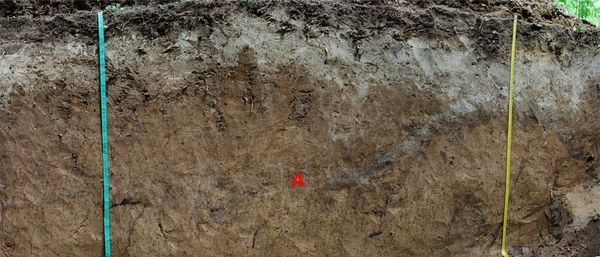
Care
It is enough to limit the following activities:
- Hilling - it is necessary only when landing under a shovel or in furrows.It consists in pouring the ground to the base of the stalks, it is carried out up to 3 times per season.
- Cutting flowers during the beginning of the growing season - flower stalks take a significant part of the nutrients from the tubers.
- Trimming tops - is carried out when the bushes have already formed, twigs are cut, closer to the base of the stem.
Weeding, fertilizing and protecting plants from parasites are easy to solve using special chemicals. The list of funds is extremely long.
As a rule, they are used as mixtures, which include herbicides (against weeds), insecticides (against insects) and fertilizers.
Harvesting in the Urals
The time when it comes time to dig potatoes depends on the varieties used and the timing of planting. Since the most beloved varieties of local gardeners are middle-ripening with a ripening duration of 90 days, harvesting works begin in September.
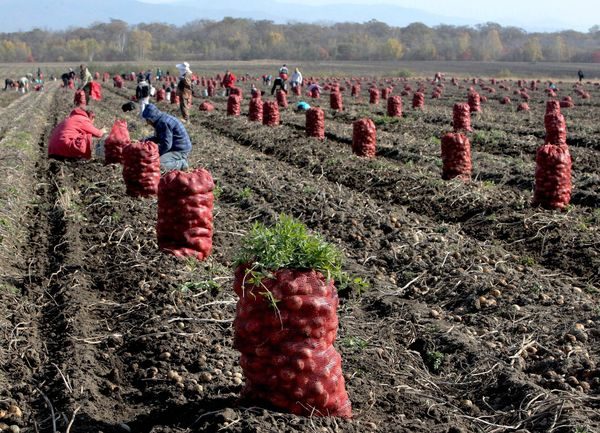
Useful advice for gardeners - take up a shovel when more than half of the foliage on the bushes dries. We mean that there are varieties of potatoes that turn green until late autumn.Also, the stems can die in the disease.
Planting potatoes in Siberia
Siberia is very reminiscent of its climate of the Ural region, except that summer is slightly cooler. Therefore, the tips on cultivating potatoes will be similar in many respects.
Landing time
As in the case of the Urals, in Siberia, it is necessary to postpone landing until the onset of consistently warm weather. The key factor is the warming up of the soil to 8 ° C or to a depth of 20 cm.
It will not be superfluous to get acquainted with the weather forecast for the week ahead.
You can determine the time of planting potatoes in the soil on birch leaves - plant as soon as they reach a size of 2-3 cm.
Ways of landing in Siberia
As for the methods of planting, here everything is the same as in the Urals - under a shovel or more technological ridge, trench or container placement.
Use options such as folding tubers under mulch (a mixture of humus, peat, sawdust) or straw need to be careful because of the cold June and possible frost.
Sorta
Just as for the Urals, it is advisable to refrain from using late-ripening potato varieties.
- Adretta - the early ripe "white" grade, possesses immunity to a fitoftoroz.
- Alyona - mid-seasoned “red” potatoes, not afraid of dry days, medium-sized tubers - about 60-80 g.
- Zhukovsky - an early variety cultivated in Siberia; the peel is pink, the size of tubers is below average, but the first crop can be harvested within 60-70 days after planting.
- Priekule - the earliest variety; for the speed of ripening is called "forty-day"; poorly stored, used for planting part of the site.
Seed preparation begins about a month before the start of work, in the case of Siberia it is the middle - end of April. It consists in the selection of healthy, untouched by rotten material and its exposure to a warm room from the cellar.
If you store potatoes in bags, then they must make holes for ventilation - protection from rotting.
- Adretta
- Alyona
- Zhukovsky
Tuber preparation
Since the landing is late, it will not be superfluous additionally prepare for her tubers. Preparation consists in the following:
- Potato rinsing in potassium permanganate; procedure with seed roots can be done before the start of winter.
- Sprouting - takes place in a warm room, well, if it has a source of scattered light.
- Treatment heteroauxin or gibberellin - done to stimulate root growth.
- Moistening potatoes - held daily.
- Heteroauxin
- Gibberilin
For planting the most suitable seeds, which were outlined ovary of future roots. The more of them - the better, the presence of three “peepholes” is minimal.
How to plant potatoes in Siberia
The nature of the soil in the vast territory of Siberia is different.
It imposes and certain requirements for a gardener.
- The depth of the wells is no more than 10 cm, optimally 6-8 cm.
- We plant on a sunny plot - potatoes are very sensitive to a lack of light.
- Be sure to loosen the soil before placing the seeds - the procedure is not necessary for black soil, but it is very useful for hard soils.
In addition, as in the Urals, welcome arrangement of beds in the meridional direction from north to south - the stems receive more light and heat.
Potato care
In general, the process of caring for plants in Siberia is not much different from that in other places; it consists in weeding, cutting and hilling plants. However, there are some peculiarities, which, again, depend on the climate of the region:
- Mowed grass or weeds are placed under the base of the stem - additional protection against possible frosts.
- Frequent watering - summer months in Siberia are more arid than in the European part of the country; in the absence of rain, it is enough to water the beds every week; 3-5 liters of moisture are needed per bush.
Siberian sod-podzolic soils carry few useful elements needed by potatoes.
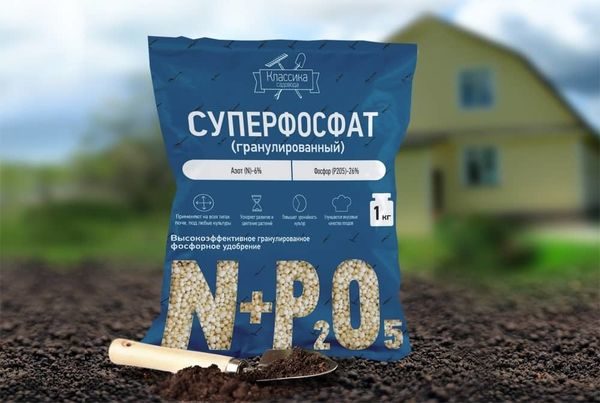
For the season, one hectare of potato is consumed not less than 5 kg of nitrogen and 5 kg of potash elements.
Harvesting
It is impossible to name a single harvest period for Siberia. Different time of planting potatoes, its different varieties make the determination of the correct time the task of the gardener himself.
The region is arid, with the onset of autumn rainfall only decreases, so you can safely postpone cleaning until the end of September.
If you decide not to hurry with the harvesting, it makes sense to cut the tops on the plants, leaving small sprouts up to 12 cm in height, all shoots and leaves are removed from them. This is done to prevent funguscausing rotting tubers.
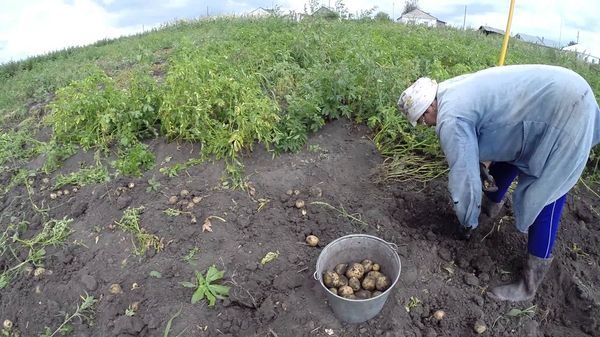
The task of the residents of the eastern regions of the country is not easy. Let it be harder for them to achieve a good harvest than for the inhabitants of the European part, who can prudently master it.
